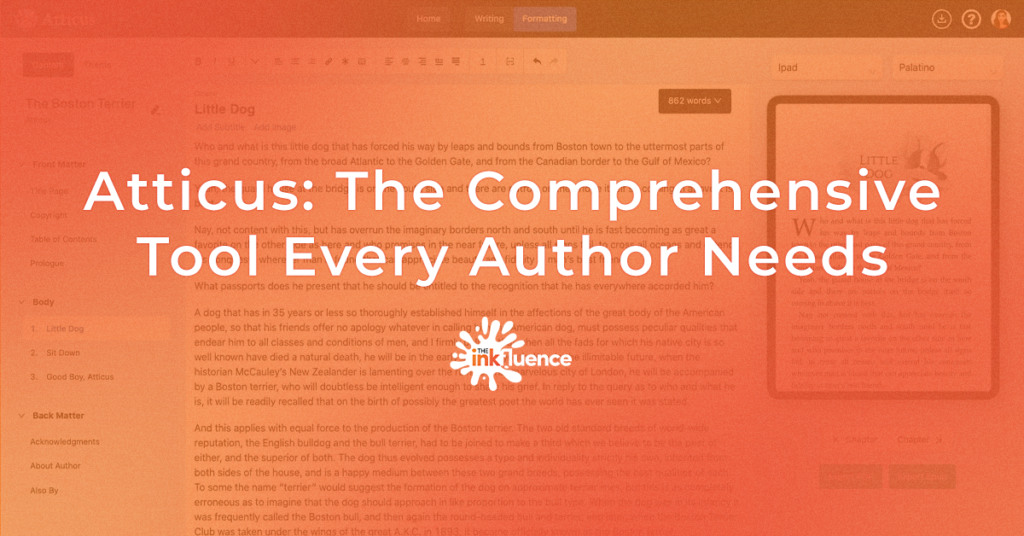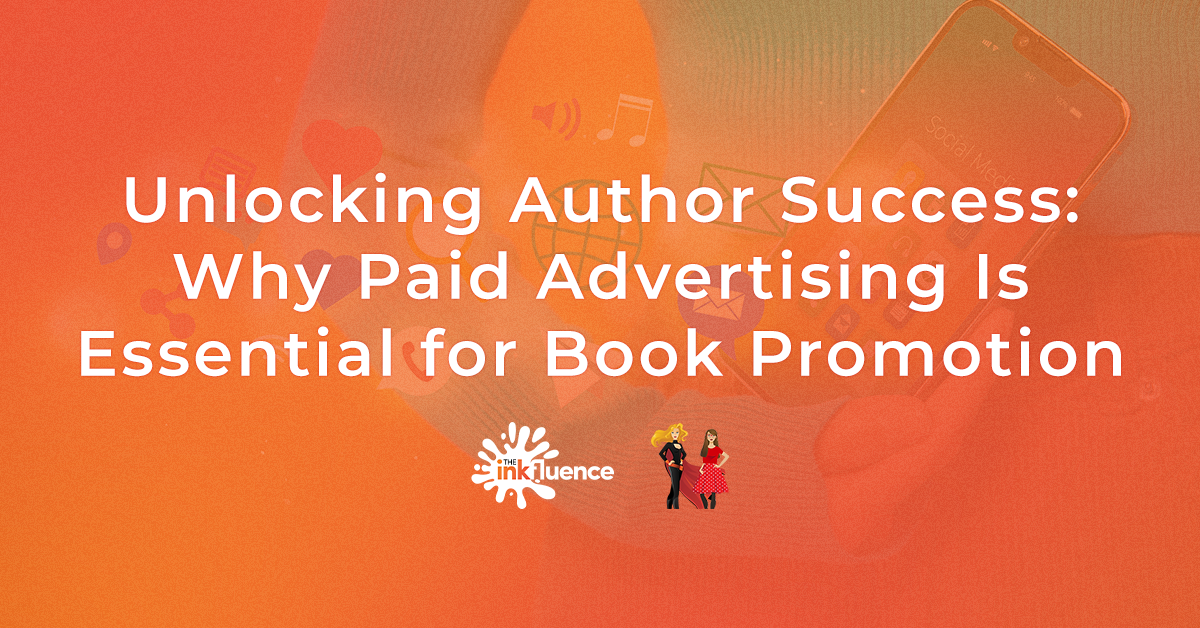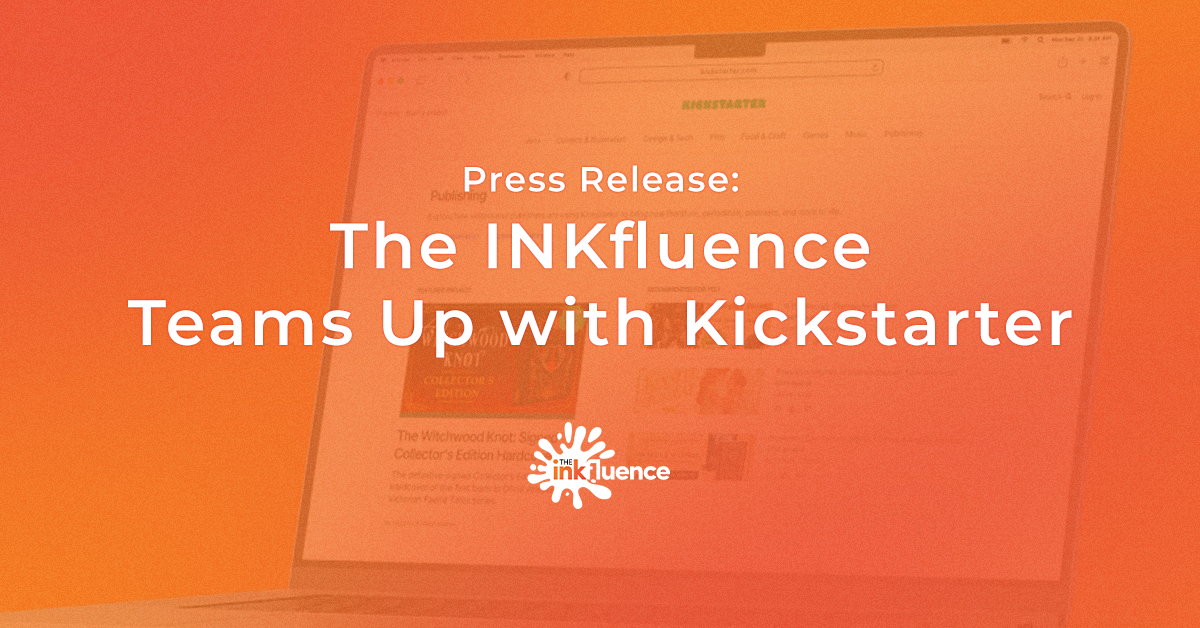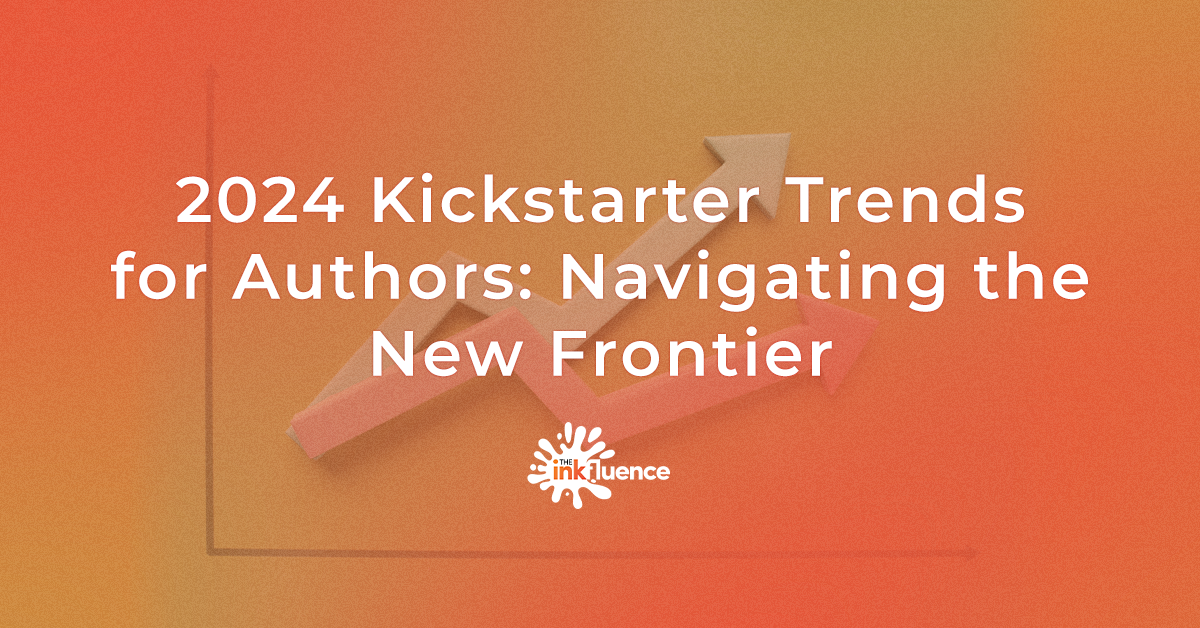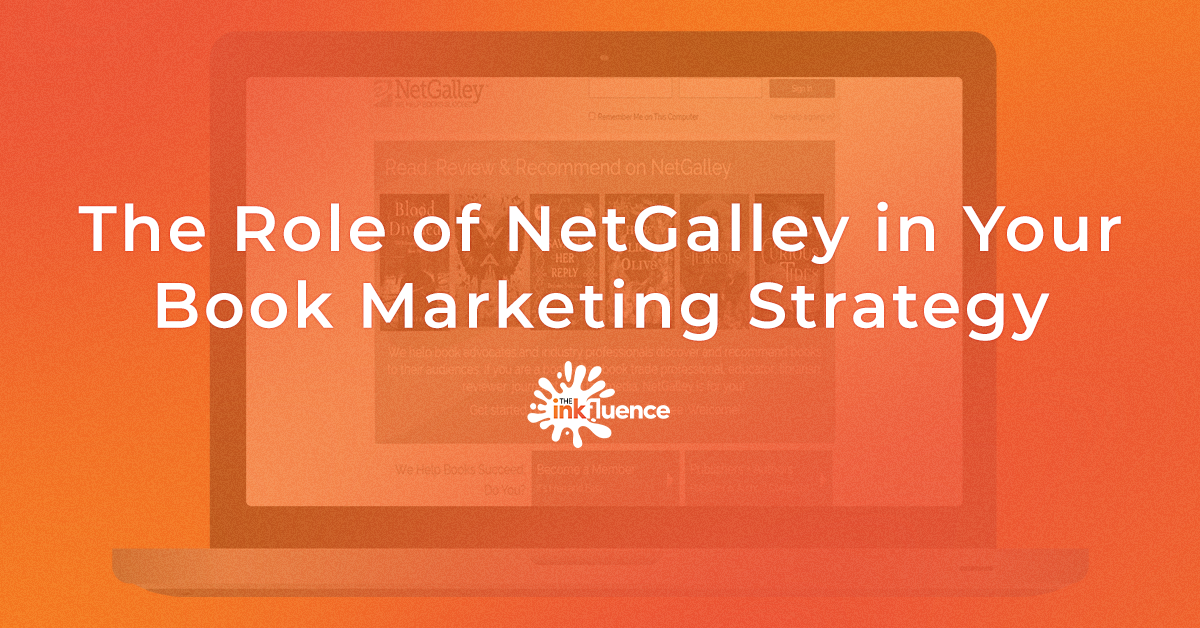Every writer and indie publisher understands the need for an all-encompassing tool to aid in the writing, formatting, and publishing process. Amidst the many tools available, Atticus has emerged as a prominent contender. Here’s a closer look at this tool, highlighting its standout features and its advantages and disadvantages.
An All-Platform Approach
Arguably, one of the most impressive attributes of Atticus is its cross-platform availability. Unlike Vellum, which is exclusive to Mac users, Atticus is available on a myriad of platforms—Windows, Mac, Chromebook, and Linux.
Furthermore, Atticus adopts the progressive web app (PWA) approach. This means you can access it online or offline from your computer. The only occasions you’d need an internet connection is when logging in initially or exporting a book.
The Theme Generator: Unleash Your Creativity
Atticus’s theme generator is a feature every author should be thrilled about. This function allows for intricate customization of chapter themes. Fonts, sizes, positioning, and images are all under your control. Ever imagined full-bleed images stretching right to the edges of your print book? Atticus makes that possible just like a traditional publisher. Even the text fonts, headers, footers, and writing fonts are customizable. A particularly thoughtful feature allows for writing in a dyslexic font, which can aid those with dyslexia or help writers detect unique errors during editing.
Print Previewer: Visualize Before You Finalize
Though Vellum offers this, Atticus takes it up a notch with its print previewer. Authors can see a real-time representation of how each page will look in its final, formatted version, allowing them to adjust and perfect their chapter themes without the tedium of repeatedly exporting their work.
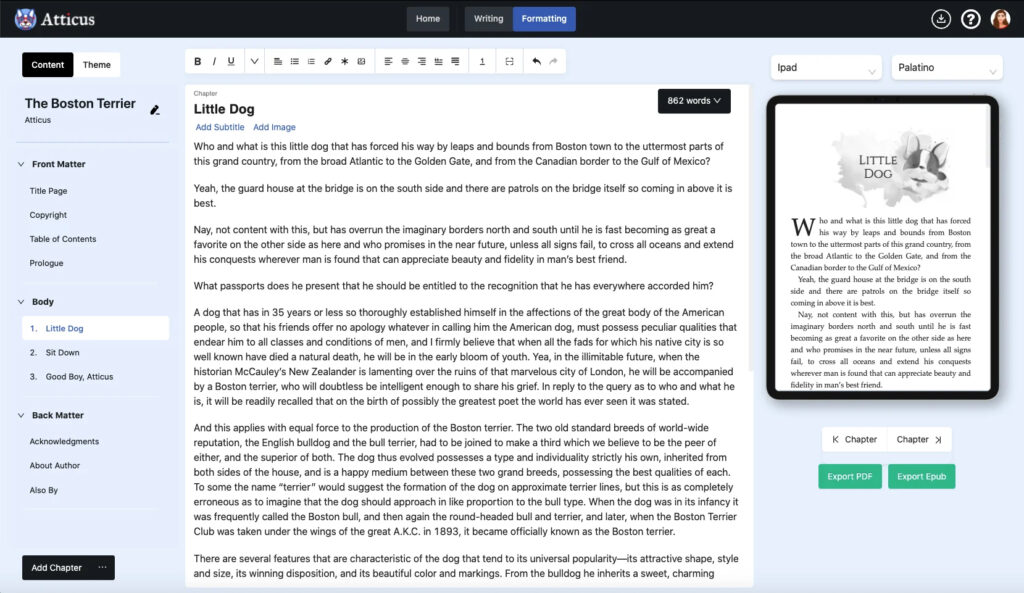
Word Processing with Atticus
Beyond formatting, the heart of any writing software is its word processor. Atticus scores highly here, providing a word processing experience superior to platforms like Google Docs or even Vellum. Some might argue that Scrivener offers a slightly better experience, but it’s infamous for its steep learning curve. Atticus strikes the right balance: it’s rich in features, yet straightforward. Authors can easily rearrange chapters, and the writing window itself is highly customizable, offering the writer a tailored writing environment.
Large Print Options: Catering to All Readers
In a world that’s progressively championing inclusivity, Atticus doesn’t disappoint. While most programs might enlarge the font and call it a day, Atticus delves deeper into the nuances of large print books. Details such as print size, font choice, trim size, and margins are all taken into consideration.
Reusable Elements: Because Efficiency Matters
Atticus introduces an incredibly efficient feature: reusable elements. Think of these as templates for frequently used pages, like an author bio. Once you’ve created an element, you can insert it into any of your books. The magic happens when you need to make changes to this element: modify it once, and you can opt to update it across all books that use it.

Goal Setting: Gamifying the Writing Process
Motivation can wane during long writing projects. That’s where Atticus’s goal-setting feature shines. Whether you’re setting project goals (like a target word count) or daily writing goals, Atticus turns the process into a game. Many users find themselves addicted to hitting their daily word count just to keep their streak alive!
Pros and Cons of Atticus
Every software has its strengths and weaknesses. Here’s a brief summary:
Pros:
- Cross-platform availability
- Comprehensive formatting capabilities
- Large print formatting options
- Reusable elements for efficiency
- Cost-effective compared to Vellum
- Can be used on multiple devices
Cons:
- Lacks support for volumes and parts, making box sets a challenge.
- Collaboration tools are still in the pipeline and yet to be released.
In Conclusion
Atticus, with its wide range of features and attention to user needs, stands tall as a leading software for authors. While there’s always room for improvement, its current offerings make it a compelling choice for writers and indie publishers alike. Whether you’re in the midst of your writing journey or just about to embark on one, Atticus promises to be a steadfast companion, ensuring your journey is as smooth and efficient as possible.

Article by Dana Claire
Dana Claire is an award-winning Young Adult author whose stories explore identity, fate, and destiny in the crossroads of romance and adventure. With her love of romantic tension, the supernatural and non-stop nail-biting conflict, she has a flair for spine-tingling action and unforgettable characters. Dana has over twenty years’ experience in marketing and sales and now shares her expertise with other authors through speaking events, conferences, book signings and more, introducing more readers to the worlds she created and helping authors take the next step in their book marketing strategies.
Dana lives in Los Angeles with her adoring husband, living her dreams: writing books, educating on book marketing tactics, and changing the world—one reader/author at a time. Learn more about her at Dana Claire Books.

